On the Road
Notes on our summer travels, from Harriet Tubman and Frederick Douglass to Gettysburg and the nation's capital

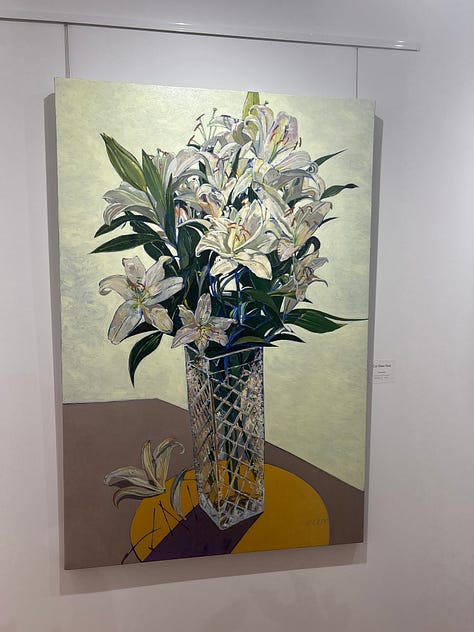


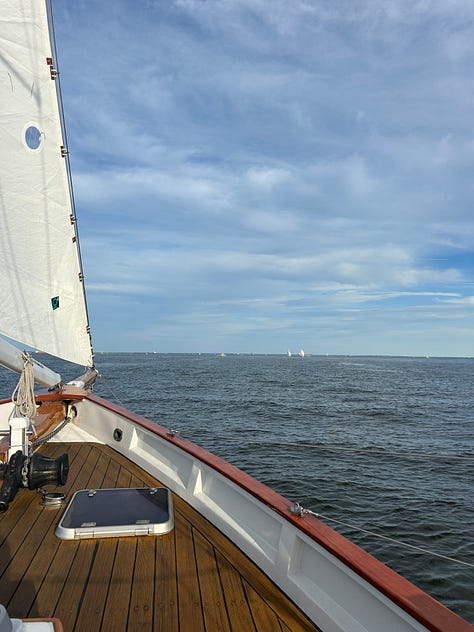
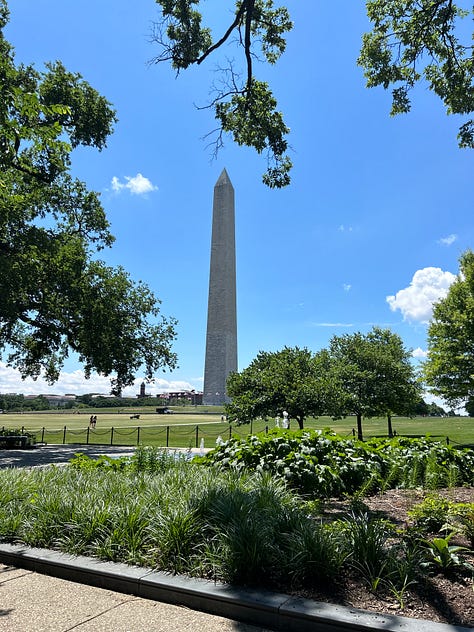
Hey friends,
Earlier this summer, Ally and I hopped in our 1995 Chevy van and hit the road for a couple of weeks. We love traveling, which fills the soul and spirit. It also tends to reduce stress, leave one feeling rejuvenated, and offer space to process emotions. We can gain clarity on personal issues, too. As Seneca once said, “Travel and change of place impart new vigor to the mind.”
There’s heightened present-moment awareness on the road, probably because new surroundings encourage awareness and more connection with our senses. Even just a night or two away from home can break a rut, heal a wound or reset the mind. Let alone the people you can meet or the friends with whom you can reunite.
“A mind that is stretched by a new experience can never go back to its old dimensions.” — Oliver Wendell Holmes
“Once you have traveled, the voyage never ends, but is played out over and over again in the quietest chambers. The mind can never break off from the journey.” – Pat Conroy
As you’ll see below, hearing and being around amazing stories like that of Harriet Tubman can make us think about what it means to live a life of impact. I think powerful narratives engage our emotions and help us feel more connected to the world around us — and more aware of our place in it. They are grounding and empowering. They might even lead to chills or tears.
Such stories might challenge us to think a little bit about how we want to contribute to the world. They remind us that one person's actions can have far-reaching consequences and ripple effects over time. Simply, being in a new environment primes us for deeper engagement with stories and history.
And engaging with powerful narratives like Tubman — standing where she once freed former slaves — is not only moving, but it makes one aware of the details in our own lives, increasing our sense of presence. To me, that’s incredibly powerful and therapeutic.
I’m also curious, what has travel done for you?
Below, I jotted down a few thoughts and observations from places, people and things that caught my eye from our summer travels, mostly in New York state.
Harriet Tubman Home
Tubman lived a remarkable life as an American abolitionist, humanitarian, and armed scout and spy for the United States Army during the Civil War. A conductor on the Underground Railroad, she escaped slavery on Maryland’s Eastern Shore in 1849. She returned to the South over a dozen times to help about 70 enslaved people to freedom. She was called “Moses” for her ability to navigate (dangerous) routes. Tubman never lost a single person she was guiding to freedom.
Tubman, who was illiterate, suffered lifelong pain and illness because of the beatings and abuse she took as a young, enslaved girl. As a child, she suffered a severe head injury when an owner threw a heavy metal weight at another enslaved person but hit her instead. It damaged her brain and skull, leading to seizures throughout her life. Yet she charged onward. In 1863, she became the first woman to lead an armed military raid when she guided the Combahee River Raid, which freed over 700 enslaved people from plantations.
At long last, can we get Tubman on the $20 bill?
Susan B. Anthony Museum and House
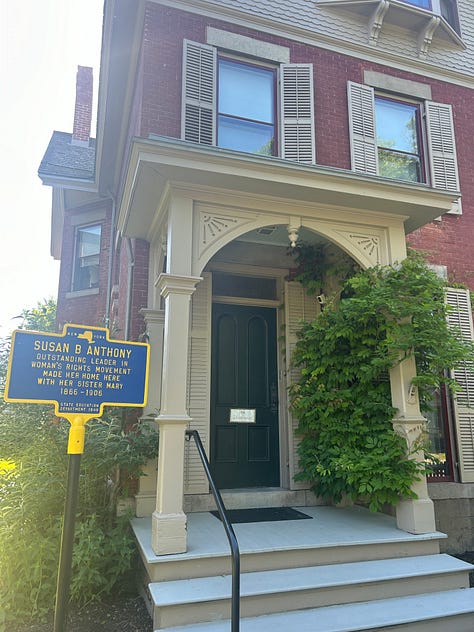

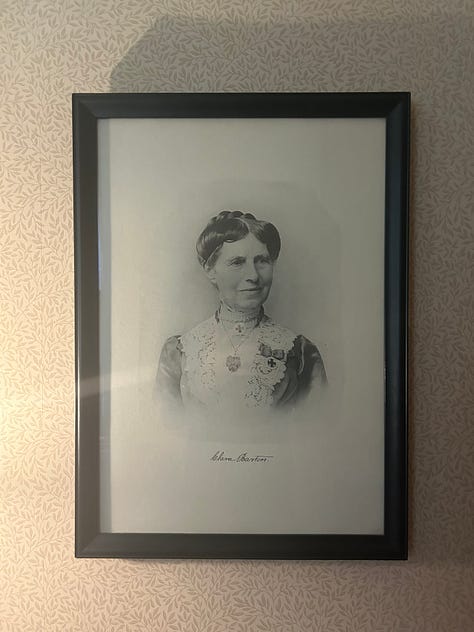
In Rochester, we stopped by the Susan B. Anthony Museum, which holds a fascinating artifact — the $100 fine receipt Anthony received for illegally voting in the 1872 presidential election. She famously said, "I shall never pay a dollar of your unjust penalty" and never did pay the fine.
A social reformer, abolitionist, and women's rights activist who played a central role in the women's suffrage movement, Anthony’s work helped form the 19th Amendment to the Constitution, giving women the right to vote.
Library & Old Stomping Grounds
Ally and I (briefly) visited the place we met seven years ago, Syracuse University, and reminisced.
Above: Carnegie Library, a beautiful place to read and study. Andrew Carnegie donated millions to build 2,509 libraries worldwide — 1,689 in the U.S. alone. He believed in the value of self-education and wanted to provide free access to knowledge for everyone, especially the working class. He saw libraries as sources of cultural and intellectual enrichment for communities, and he knew they’re much more than places that store books.
“A library outranks any other one thing a community can do to benefit its people,” Carnegie once said. “It is a never failing spring in the desert."
Watkins Glen
Watkins Glen is situated at the southern tip of Seneca Lake, one of the Finger Lakes in central New York, and is easily one of the most fun, unique places to hike in the Northeast, with 19 waterfalls. The glen was formed over millions of years, and the most dramatic carving occurred during the last ice age, roughly 12,000 years ago. It’s especially pleasant because it’s wet and cool, a welcome reprieve amid these extreme heat waves broiling most of the U.S.
Broadly, the Finger Lakes is full of peaceful, quant small towns, and wineries.
Gettysburg Address
Gettysburg National Military Park offers a poignant reminder of the battle's human cost. During the Gettysburg National Cemetery's dedication in November 1863, president Abraham Lincoln delivered his famous Gettysburg Address. Entitled “A Few Appropriate Remarks,” it lasted about two minutes and contained only 272 words. Lincoln's speech is a powerful statement, and one of the most famous declarations of freedom. All in only two minutes!
It’s a lesson in brevity and in respecting peoples’ time, because Lincoln was the second speaker that day. The keynote speaker, Edward Everett, spoke to the crowd for two hours. But what’s remembered? Lincoln’s brief remarks.
Frederick Douglass, The North Star
Also in Rochester, we made a quick stop at a historic site in journalism: the place where Douglass published his antislavery newspaper, The North Star in the mid 1800s. Douglass had escaped from slavery and became a a leading voice in the abolitionist movement. “The soul that is within me no man can degrade,” he once said. A reminder of the power of the written world in the search for freedom and equality.
The Shaw Memorial - 54th Massachusetts Regiment - National Gallery of Art
The National Gallery of Art is a treasure in the nation’s capital. Among many pieces that caught my eye was the Shaw Memorial honoring Colonel Robert Gould Shaw and the 54th Massachusetts Regiment, one of the first African American regiments to fight for the Union in the American Civil War. The memorial is among the finest examples of 19th-century American sculpture, known for its realism and emotional power.
A few other beautiful pieces, all paintings, from the National Gallery:







And, below, a few photos of some of the people we got to see:

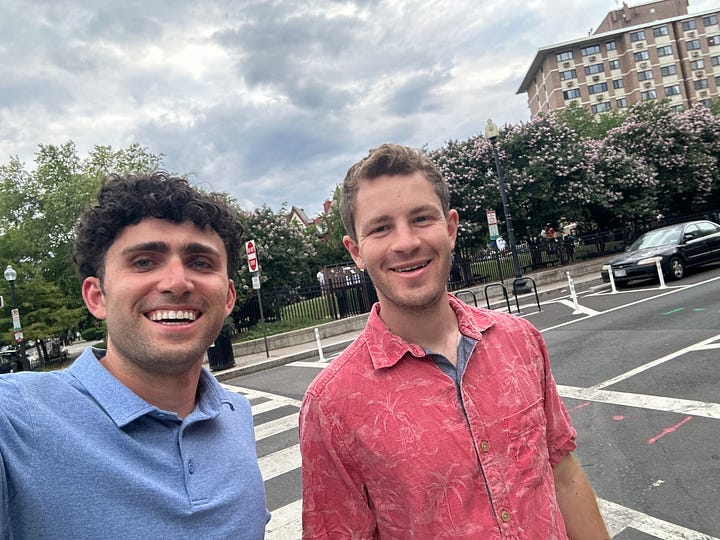


That’s it for now. In September, Ally get back on the road for a trip to Maine and Acadia National Park, a nature lover’s paradise along the Atlantic coast.
Celebrate your gifts,
Matthew
Parting thought: “It is not what you gather in life, but what you scatter in life, that tells the kind of life you have lived.” - Helen Walton



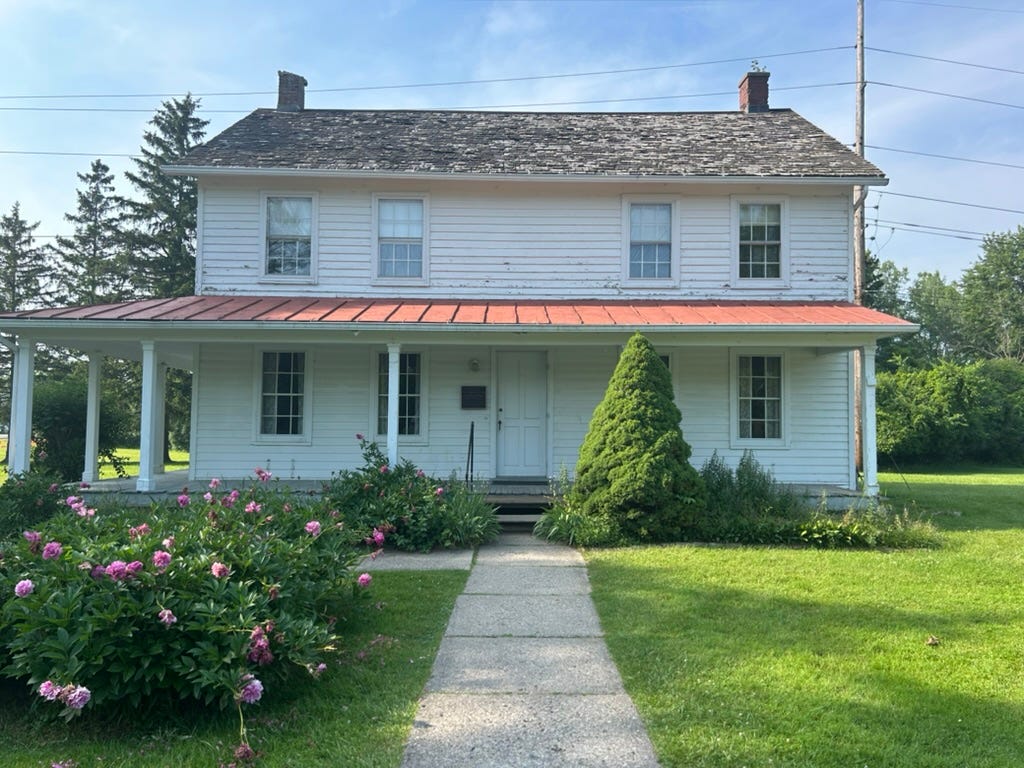
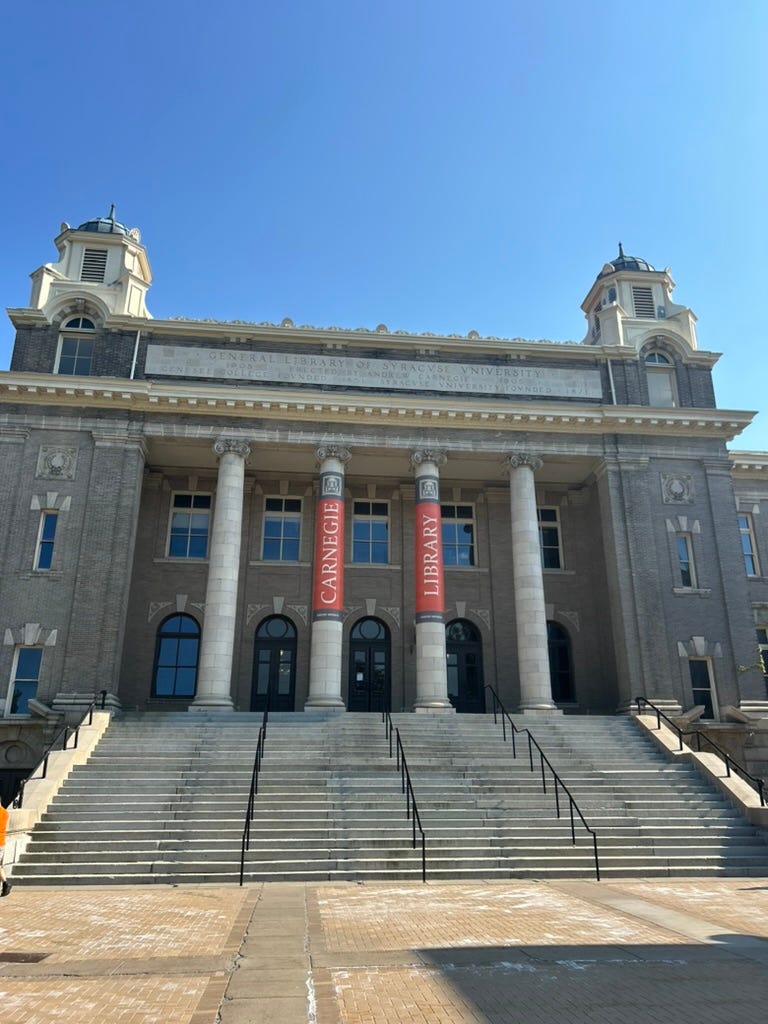
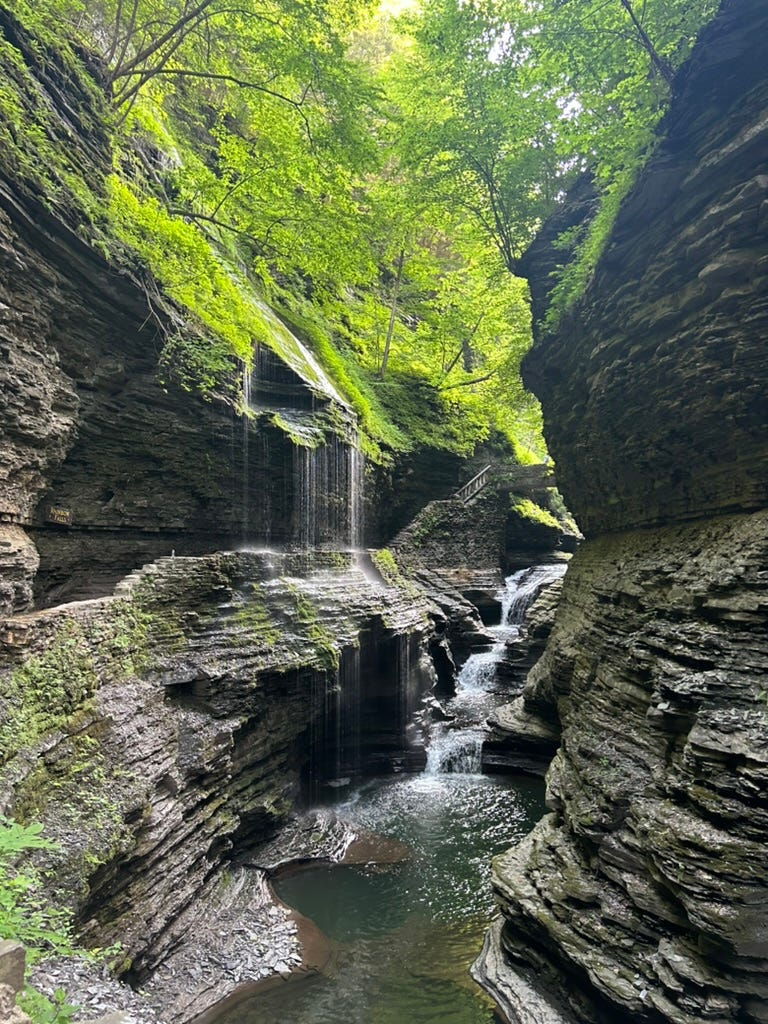
Love your perspective of traveling and reading of your own experiences. I always look forward to your writings and beautiful pictures that accompany them.
I totally agree with travel expanding your vision of the world and other people. It’s creates empathy and gratitude.